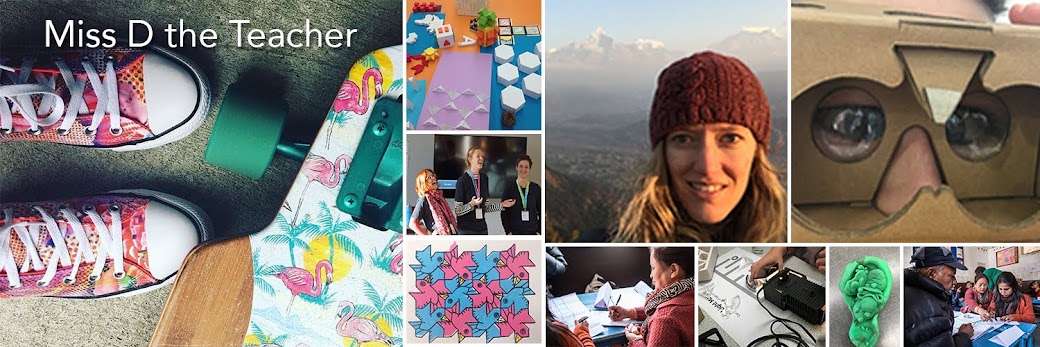To quote the A-team, "I love it when a plan comes together". Every now and then, you plan a lesson, where the stars (or perhaps the hormones?) align, and things just work out perfectly. The students are so engrossed that they forget about lunch. Your resources become relevant, useful and pitched at the right level. You can hear, see and feel the deep thinking and discussion all around you. You don't have to remind anyone to focus. A truly magical moment! But what is it that causes this magical moment in the teach-time-contiuum? Is it a temporary fluctuation in the continuum? Perhaps a worm hole that you slipped through to a parallel dimension?
PEDAGOGY: the method and practice of teaching, especially as an academic subject or theoretical concept.What is good pedagogy? I think good pedagogy is when a teacher can get all students to learn. We know that some students will learn in spite of the teacher, but I think good pedagogy is when a teacher can get every student to learn. Secondary teachers often teach more than a hundred students within a week. How can we possibly hope to engage every one of these students? Should we even be trying to? Actually, I think the last question is rhetorical, of course we should be trying to engage every student!
I am no expert, but I am creative. So here are a few of my creative pedagogical experiments that I have had some success with in regards to engaging a whole class at a time.
 |
| Image source |
Another current even that I used recently was the now infamous case of the two IVF couples whose embryos were mixed up. Even though this lesson was the last lesson on the last day of the term, students were completely hooked. The class was divided into two teams and a jury. Each team represented one of the couples, their lawyers and whoever else they might like to call to the witness stand. Students were arguing backwards and forwards about who should get the babies. And as can be expected, they then began to question who was a 'better' couple, who had a shady past. The students quickly began to realise just how hard a judgement like this can be. As a result, students became increasingly aware that there are always two sides to a story, ethically, morally and objectively.
For me, the key to the success of these lessons is that the answers to the problems can not be googled, not through google or by treating the teachers as google. Instead, my role shifts to simply playing the devil's advocate, testing student theories and thoughts as often and as thoroughly as I can. And by not knowing the answer, I avoid leading students to believe that there is always one answer to a real world problem, because lets face it, there rarely ever is.

No comments:
Post a Comment